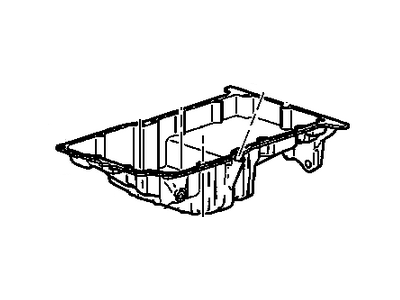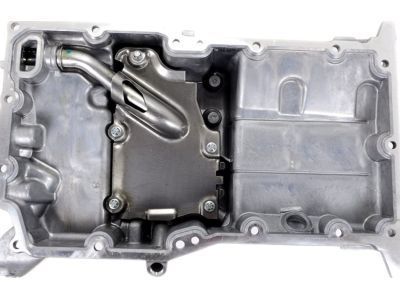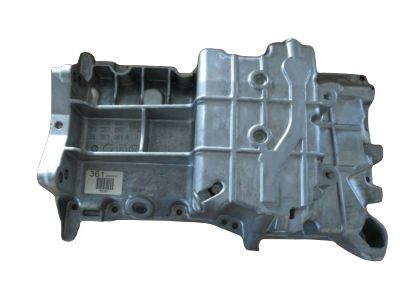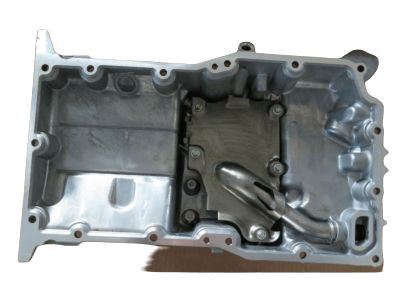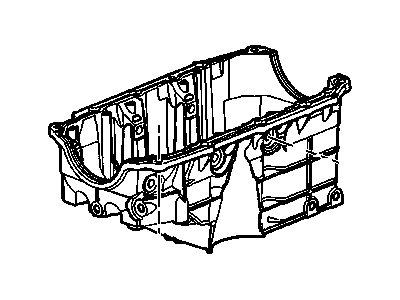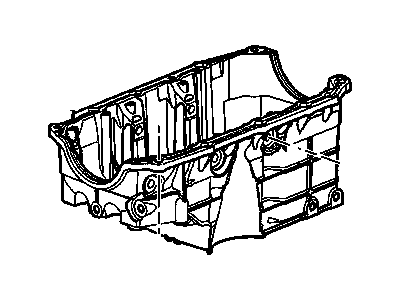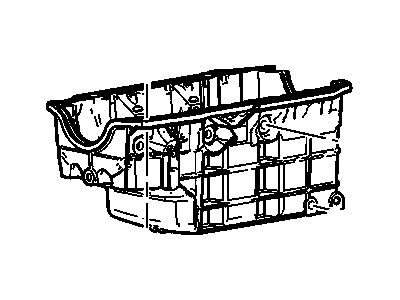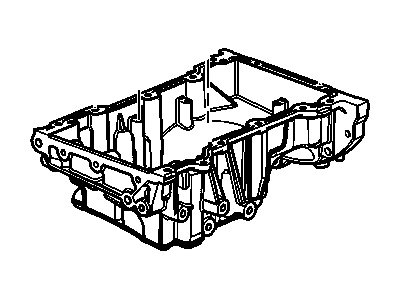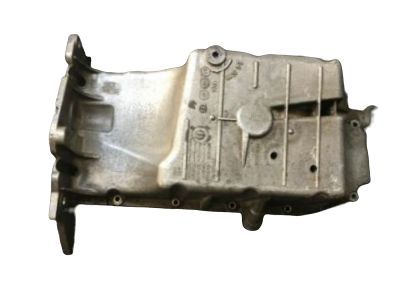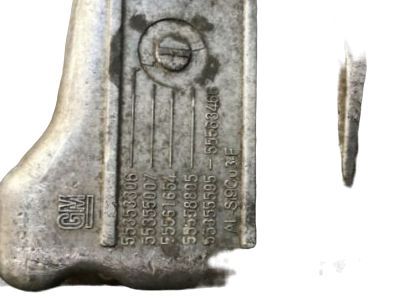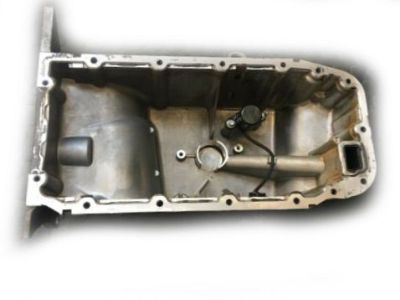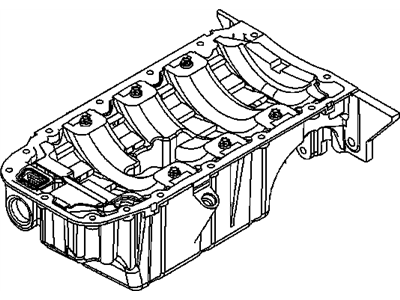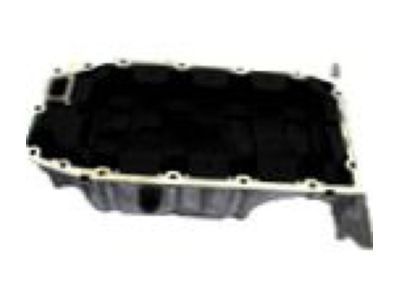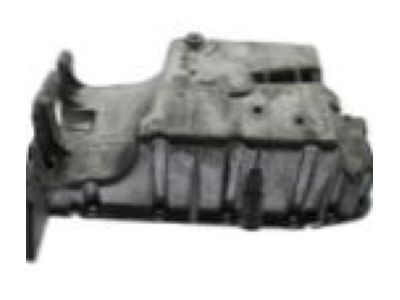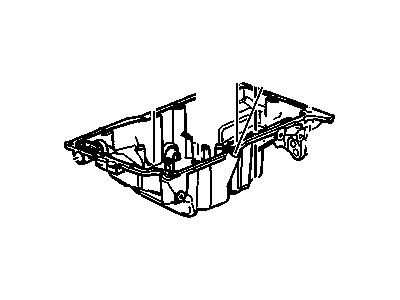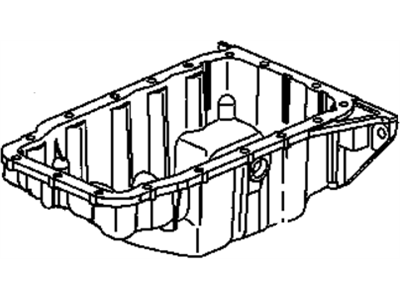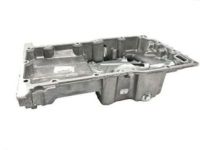
My Garage
My Account
Cart
Genuine Saturn Oil Pan
Oil Drain Pan- Select Vehicle by Model
- Select Vehicle by VIN
Select Vehicle by Model
orMake
Model
Year
Select Vehicle by VIN
For the most accurate results, select vehicle by your VIN (Vehicle Identification Number).
13 Oil Pans found
Saturn Pan,Oil
Part Number: 12601240$154.90 MSRP: $267.21You Save: $112.31 (43%)Ships in 1-2 Business DaysProduct Specifications- Other Name: PAN, Engine Oil; Oil Pan
- Replaces: 12578193
Saturn Pan Asm,Oil
Part Number: 19256218$100.44 MSRP: $246.02You Save: $145.58 (60%)Ships in 1-2 Business DaysProduct Specifications- Other Name: PAN, Engine Oil; Oil Pan
Saturn Pan Assembly, Oil
Part Number: 12604911$158.47 MSRP: $271.01You Save: $112.54 (42%)Ships in 1-3 Business DaysProduct Specifications- Other Name: PAN, Engine Oil; Oil Pan
Saturn Pan Assembly, Oil
Part Number: 12603201$188.13 MSRP: $299.93You Save: $111.80 (38%)Ships in 1-3 Business DaysProduct Specifications- Other Name: PAN, Engine Oil; Oil Pan
Saturn Pan Assembly, Oil
Part Number: 12593455$138.60 MSRP: $220.95You Save: $82.35 (38%)Ships in 1-3 Business DaysProduct Specifications- Other Name: PAN, Engine Oil; Oil Pan
- Replaces: 12581555
- Product Specifications
- Other Name: Oil Pan
- Replaces: 12609875, 12575368, 12636673, 12638371
- Product Specifications
- Other Name: PAN, Engine Oil
- Product Specifications
- Other Name: PAN, Engine Oil; Oil Pan
- Product Specifications
- Other Name: PAN, Engine Oil; Oil Pan
- Product Specifications
- Other Name: PAN, Engine Oil; Oil Pan
- Replaces: 12584345
- Product Specifications
- Other Name: PAN, Engine Oil; Oil Pan
- Product Specifications
- Other Name: PAN, Engine Oil; Oil Pan
- Product Specifications
- Other Name: PAN, Engine Oil; Oil Pan
Saturn Oil Pan
In need of new Saturn Oil Pans? We suggest you explore our vast collection of genuine Saturn Oil Pans, all available at competitive prices. Furthermore, every OEM part we provide is backed by a manufacturer's warranty and comes with the promise of swift delivery and a hassle-free return policy.
Saturn Oil Pan Parts Questions & Experts Answers
- Q: How to remove and install an oil pan in 3.5L V6 engine on Saturn Vue?A:To remove the oil pan, first disconnect the cable from the negative terminal of the battery, block the rear wheels, and set the parking brake. Raise the front of the vehicle and support it securely on jackstands. Drain the engine oil and remove the oil filter. Unbolt the exhaust pipes from the upper catalytic converter assemblies and from the rear portion of the exhaust system, then remove the front portion of the exhaust system along with its bracket. Remove the torque converter cover if equipped, then unbolt and lower the oil pan. If the pan is stuck, carefully pry at the tabs on the casting corners without damaging the mating surfaces. For installation, use a scraper to remove all traces of old sealant from the block and oil pan, ensuring not to gouge the soft aluminum surfaces, and clean the mating surfaces with brake system cleaner. Make sure the threaded bolt holes in the block are clean and inspect the oil pump pick-up screen assembly for damage and a blocked strainer. Apply a bead of gray RTV sealant to the mating surface of the oil pan and install it within 4 minutes of sealant application. Carefully position the oil pan on the engine block and install the bolts, tightening them gradually in a criss-cross pattern to the specified torque. After tightening the oil pan-to-block bolts, also tighten the pan-to-trans axle bolts. The remainder of the installation follows the reverse order of removal, ensuring to add oil and install a new oil filler. Wait 30 minutes to allow the sealant to cure before adding oil, then reconnect the battery and run the engine to check for oil pressure and leaks.
Related Saturn Parts
Browse by Model
Astra Oil Pan Aura Oil Pan Ion Oil Pan L100 Oil Pan L200 Oil Pan L300 Oil Pan LS Oil Pan LS1 Oil Pan LS2 Oil Pan LW1 Oil Pan LW2 Oil Pan LW200 Oil Pan LW300 Oil Pan Outlook Oil Pan Relay Oil Pan SC Oil Pan SC1 Oil Pan SC2 Oil Pan SL Oil Pan SL1 Oil Pan SL2 Oil Pan SW1 Oil Pan SW2 Oil Pan Sky Oil Pan Vue Oil Pan



